
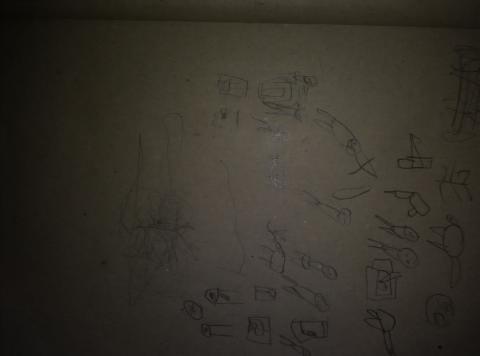

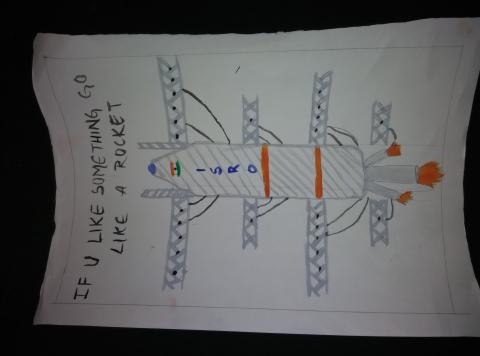
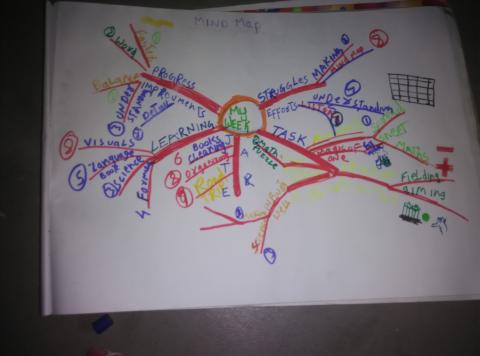


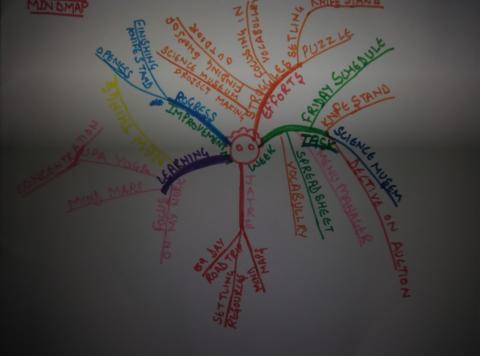

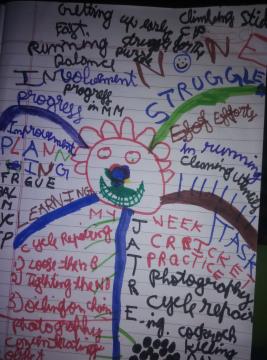
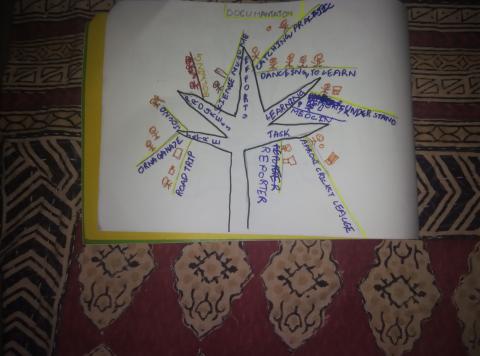
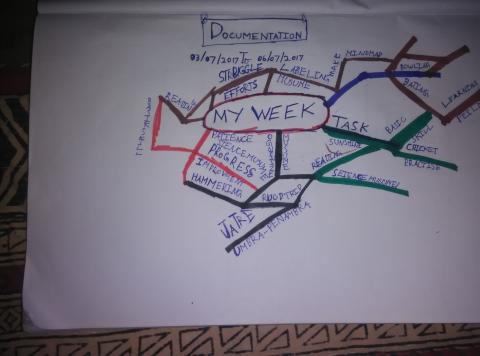

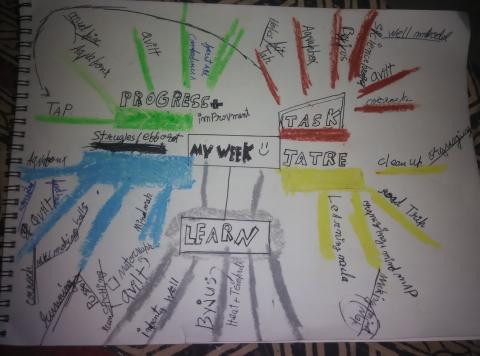
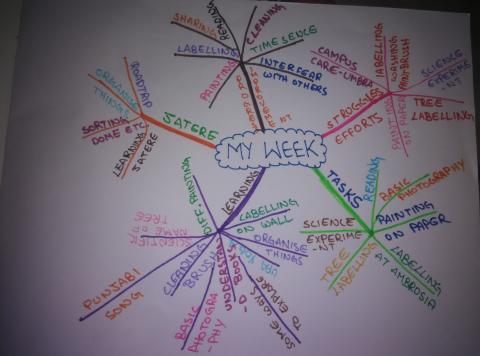

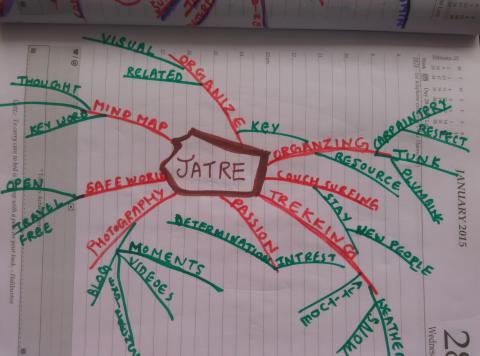
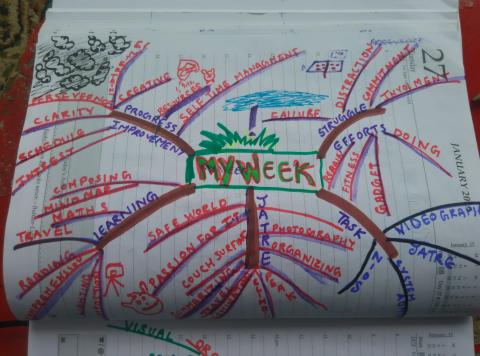



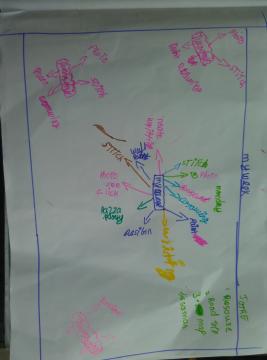
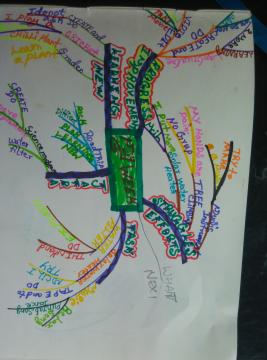

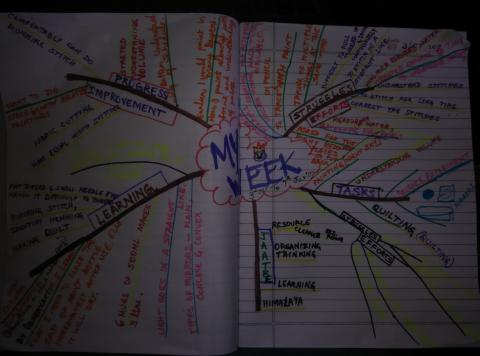
Ask a child to draw and hear “I don’t know how to draw”. This is a commonly heard phrase. And we often encourageby saying “draw to express, don’t worry about the beauty, just draw”. And invaraibaly we get the suprisingresponses “how is that possible?”
The skill of drawing is restricted to “nice”. Kids often stop using drawings,colors, and other visual mediums after the age of six years. In the process, we lose out the learning from visual representations. Graphic organizers are one of the learning tools but very less used.
Typically in the process of learning, one gathers information such as facts and definitions. As the next step, we then need to process the information we have gathered in order to deepen our understanding of the subject at hand. As our understanding of the concepts deepens, we can then organize the information and draw conclusions and inferences based on it leading to important implications. Another important aspect in this process of learning is forming associations among the core ideas, major concepts, and their implications. Once such associations are formed, the need to memorize the subject matter reduces, as the person, by then, has already understood the matter at hand.
Graphic Organizers play a very important role in the process of learning as they facilitate the understanding of the concepts while explaining complex relationships. They also help us to focus on the key ideas and to organize our thoughts while clarifying the concepts that are otherwise difficult to express through words alone. Using Graphic organizers reduces the amount of information processing required, by separating important from the trivial points. Usage of graphic organizers also speeds up the communication process.
Using graphic organizers, i.e. thinking graphically, has certain pre requisites like usage of pictures, highlighting the key words, showing the connections among the different topics and sub topics and also showing the patterns.
As a beginner to the process of using graphic organizers, one can ask the following Key Questions:
1. WHAT? What are the important ideas we are trying to learn?
2. So What? What makes these ideas important?
3. Now What? What would we like to know more about them?
Few examples of graphic organizers which most of us have used some time or the other in the process of learning may be outlined as flow charts, mathematical charts or graphs, pictographs, pie charts, Venn diagrams, etc . These graphic organizers help us to organize the information we have gathered in a precise and organized and therefore easy to understand format.
There are also other graphic organizers like fish bone charts and mind maps which are also simple and easy to use methods to organize data and information even in our day to day lives. For example, if we are planning to host an event, we can make a mind map of the various key issues related to the event which can be of great help in the process of understanding the event, its requirements and thereby helping us to execute it more effectively.